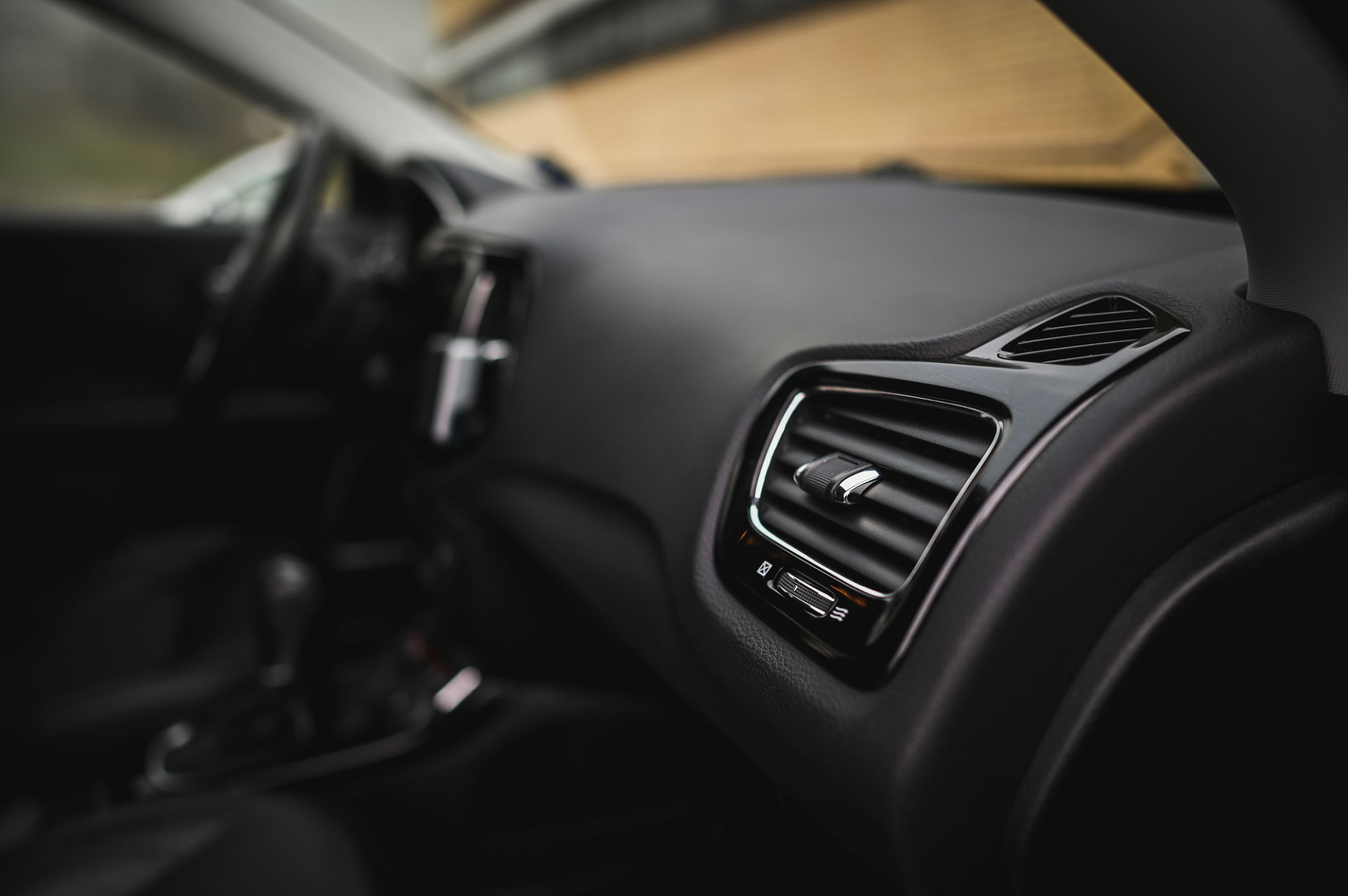DIY Car Maintenance Tips: What You Can Do Before Visiting a Repair Shop
Understanding the Basics of DIY Car Maintenance
Maintaining your car doesn’t always require a trip to the repair shop. In fact, there are several tasks you can handle yourself with just a little knowledge and some basic tools. Not only can DIY car maintenance save you money, but it can also extend the life of your vehicle and ensure your safety on the road.
Before you start, it's important to familiarize yourself with your car's manual. This document contains valuable information about your vehicle's specific needs, such as recommended oil types, tire pressure levels, and maintenance schedules.

Checking and Changing Engine Oil
One of the most crucial aspects of maintaining your car is ensuring that it has the right amount of clean oil. To check your engine oil, make sure your car is parked on a level surface and the engine is cool. Pull out the dipstick, wipe it clean, then insert it back fully and pull it out again to check the oil level.
If the oil is low or appears dirty, it's time for a change. You’ll need an oil filter wrench, a new filter, and the appropriate type of oil for your vehicle. Remember to dispose of used oil properly, as it is hazardous to the environment.
Inspecting Tires and Maintaining Tire Pressure
Your tires are your car’s only contact with the road, so keeping them in good condition is vital. Regularly check for signs of wear and tear, such as uneven tread wear or cracks in the sidewalls. Also, ensure your tires are inflated to the recommended pressure level, which you can find in your car’s manual or on a label inside the driver’s door.
Properly inflated tires improve fuel efficiency and handling while reducing the risk of a blowout. Use a tire pressure gauge to check the pressure and adjust as necessary. Don’t forget to check the spare tire as well!

Replacing Air Filters
Air filters play a crucial role in ensuring that your engine runs smoothly by preventing dirt and debris from entering. Over time, they can become clogged and reduce performance. Replacing an air filter is typically easy and inexpensive.
To replace the air filter, locate the air filter box under the hood, open it, and remove the old filter. Insert a new one and secure the box. Regular replacement can improve acceleration and fuel efficiency.
Checking Battery Health
A dead battery can leave you stranded, so it's essential to check its health regularly. Look for signs of corrosion on the terminals and clean them if necessary using a solution of baking soda and water.
Additionally, check if your battery is holding a charge using a multimeter. If it reads less than 12.4 volts when fully charged, it may be time for a replacement.

Conclusion: Knowing When to Visit a Professional
While DIY car maintenance can keep your vehicle in top shape, some tasks require professional expertise. If you're unsure about any maintenance task or if something seems amiss with your vehicle, it's always best to consult with a certified mechanic.
By handling these basic maintenance tasks yourself, you'll not only save money but also gain valuable knowledge about your vehicle's health. Remember, regular maintenance is key to a reliable and safe driving experience.
